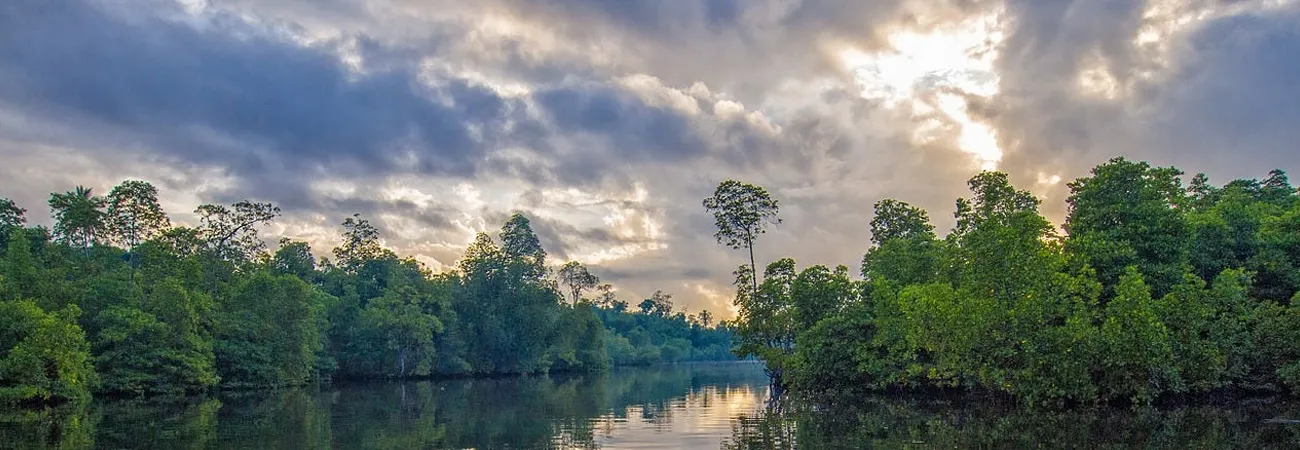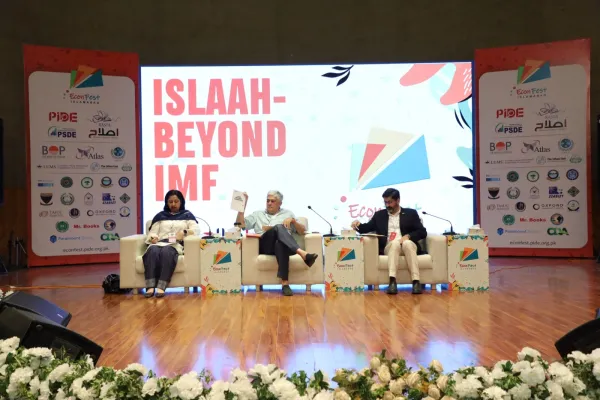i ECONOMY
The coastal areas of Balochistan – especially the strategically important Gwadar Port – need expansion in the mangrove cover in order to reduce the cost incurred on their maintenance, preserve the coastline atmosphere, boost the marine life, and sequester the atmospheric carbon dioxide to minimize the devastating effects of climate change. Abdul Raheem, Deputy Director of Environment at the Gwadar Development Authority and Coordinator of CPEC Component, said this in an interview with WealthPK. “Apart from their numerous socio-economic benefits, mangroves play an important role in improving the water quality, trapping sediments, filtering pollutants and reducing erosion.
“Owing to climate change, Balochistan has had a very low rainfall pattern due to which the summer season there lasts longer than the winter. This year, September was very hot. From Karachi to Gwadar, about 15 to 20 river beds have dried up. To counter the rising temperatures, we need to increase the mangrove cover,” he said. Continuing the discussion, he said, “Sonmiani, Jiwani and Pasni have natural mangrove belts. They can also be planted in the deep-water Surbandar, Kalmat Khor and Kapar streams. Some other artificial places can also be prepared to grow them. They have also been planted in Shadi Kaur Tidal Creek over an area of 10 kilometers but still there is a lot of capacity for plantation. In the master wetland plan, Shadi Kaur Tidal Creek has been declared as a wetland lagoon.”
Raheem said mangrove tufts and other marine life habitats were mostly removed while building a port infrastructure, which also affected the aquatic life. He suggested plantation of mangroves in the other areas, especially in the urban areas, to increase fish production and generate more revenue through carbon credits. “The Chinese have worked a lot on mangroves and have planted them even in the urban areas. They have also made many artificial wetlands and planted mangroves there. The same model can be replicated in Gwadar that also houses the Gwadar port. Mangroves guard the coastline by reducing desilting and sedimentation, bind and build soil and prevent erosion.
“Mangroves need a little watch and within a year they grow on their own. Pakistan has the expertise and enough coastline available to grow them. However, the Chinese help is still required to maintain juvenile sources, nurseries, fence sources, channel digging, and funding to carry on all these processes,” he said. “China embraces a big mandate concerning the environment in CPEC. In every project of this type, environmental aspects are followed to improve the air quality and to control pollution. Although the Balochistan coastline is less affected by the harmful effluent from the port and urban or industrial areas, there is a need for proper treatment plants there to avoid any serious threat to the coastal belt and marine life. The urban sewage is no great threat in Balochistan like in Karachi due to low urbanization but it is still important to establish sewage treatment plants there to improve the water quality, Abdul Raheem added. Mangroves are important because most marine biota species are highly dependent on them.
Their degradation directly affects the income of fishermen. Normally, fish population increases by 70% there but in healthy mangroves, it can reach 159-234%. Mangroves expansion will be beneficial when it integrates with the conservation practices, regular development, and the unique economic importance of ports in Pakistan, especially the Gwadar Port. It will help improve the local economy. Community involvement will also play a vital role in this regard. Pakistan must consider the importance of mangroves as a future asset both for environment and economy.
Credit: Independent News Pakistan (INP)









